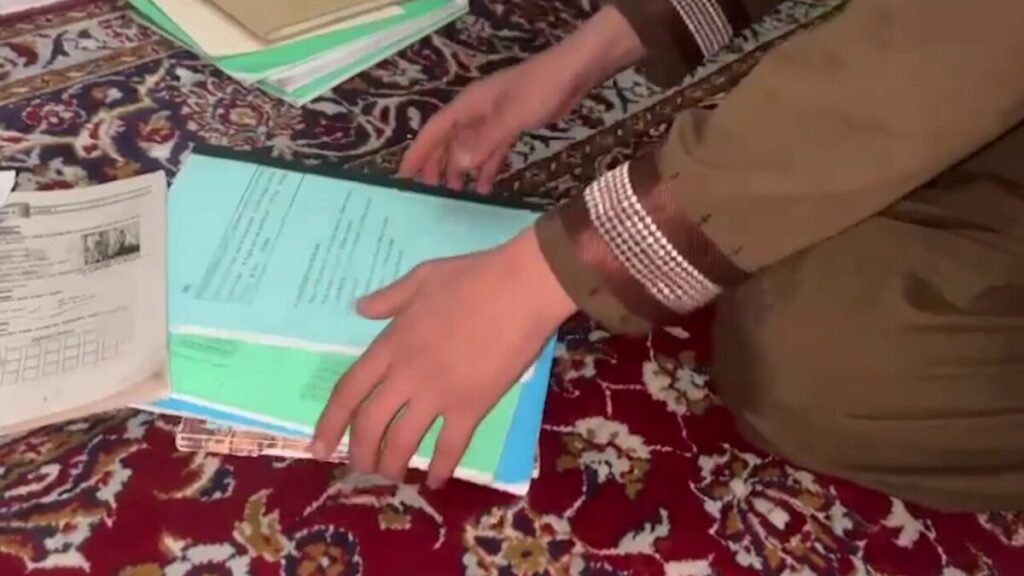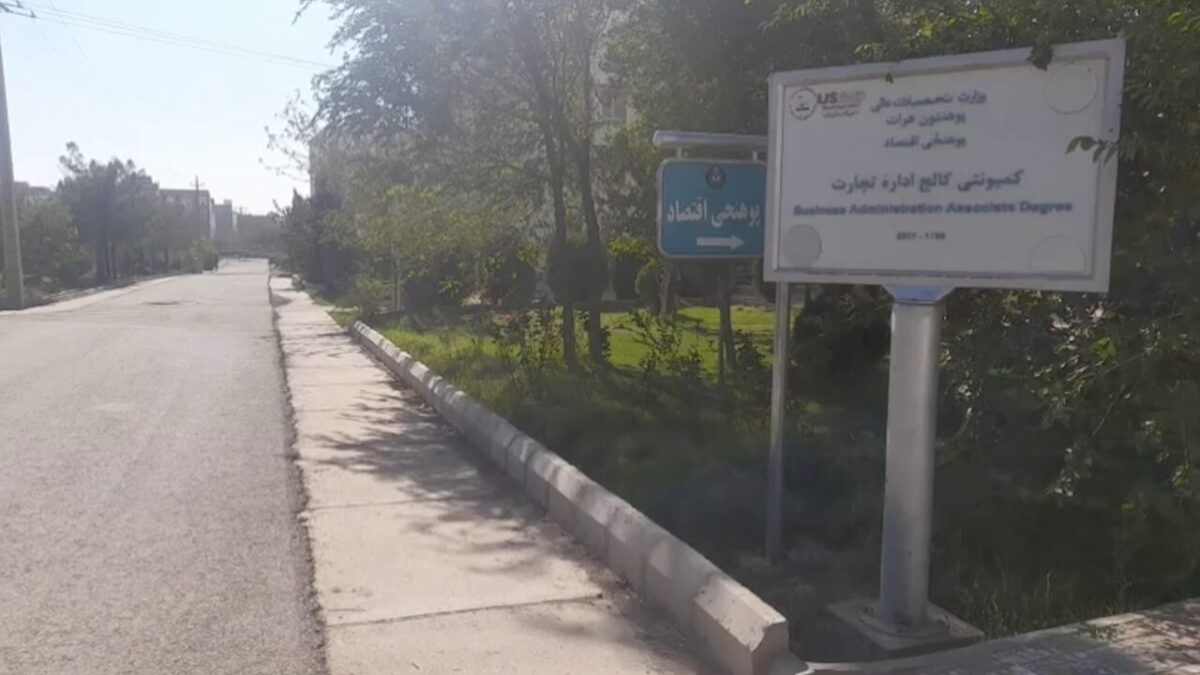HERAT, Afghanistan — The number of male students at Herat University has fallen from 9,078 to 7,422 over the past three years, according to documents obtained by Amu. These records indicate that approximately 1,600 students have dropped out during this period.
The documents show that when the Taliban regained power in August 2021, Herat University, one of the country’s biggest universities besides Kabul University, had a total enrollment of 19,578 students, including 10,500 women.
Sources in Herat attribute the sharp decline to a combination of factors, including the Taliban’s changes to the university curriculum, severe restrictions on student life, faculty emigration, and deepening economic hardships.

The documents, which Amu has chosen not to fully disclose for security reasons, show that following the ban on female students in December 2022, the total student population at Herat University dropped to 9,078.
Shortly after taking power, the Taliban imposed a ban on education for girls beyond the sixth grade and later extended the ban to universities, effectively cutting off higher education opportunities for women across the country.
University sources confirmed that these figures reflect students who were actively enrolled and expected to complete their studies but have since left the institution. The reduction in student numbers presents a troubling picture of a university struggling under the combined weight of political, social, and economic pressures.

Fareed Ahmad, who had to abandon his studies due to financial strain, now works to support his family on a meager salary.
“I was a second-year student at Herat University. Unfortunately, because of economic hardship, I was forced to quit. It’s been a year now that I’ve been working at a company, earning 6,000 Afghanis a month,” he said.
For others, the search for better educational opportunities has led them to leave Afghanistan.
Muslim, a Ph.D. student now studying in India, explained, “The poor economic conditions are a factor, but the main reason is that students know that even if they work hard and acquire knowledge, there is no place for them within the state structure. Economic opportunities in our country are limited.”
Sources in Herat attribute the enrollment decline to various factors: the Taliban’s curriculum changes that align with their ideological views, stringent restrictions on students, the exodus of skilled university faculty, and the persistent economic crisis that affects nearly every aspect of life in Afghanistan.





